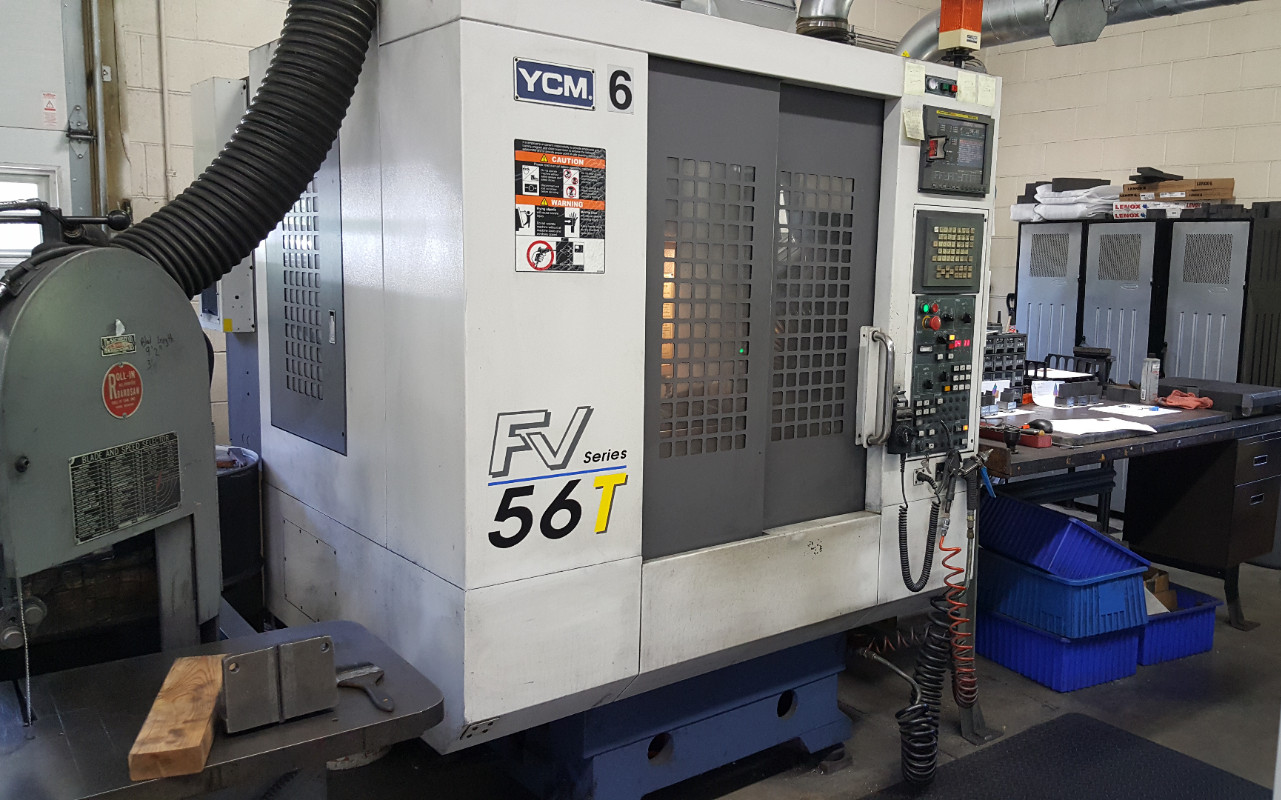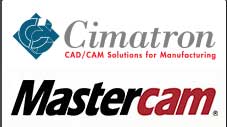INTRODUCTION
In discussing the construction of plastic injection molds, it is common to hear people refer to “reverse molds.” What does this mean and how are they different from standard injection molds? Why would someone make a reverse mold? What are their advantages and disadvantages? Here is a brief summary of our analysis.
STANDARD TOOLING
In the majority of plastic injection molds the core side is clamped onto the movable platen and the cavity side is clamped on the fixed platen. A platen is simply a heavy plate made of steel. In an electrical analogy the mold’s cavity would be the socket and the core the plug.
During the molding procedure, thermoplastic pellets will be fed into the machine. They are heated to a liquid. The liquid plastic is then injected through a valve into the closed mold, from the fixed-platen (cavity side), into the outer surface of the part. This is usually the side facing the fixed-platen (cavity side). The plastic shrinks as it cools and moves away from the cavity. All plastics undergo volumetric shrinkage or contraction when cooling (i.e. a reduction in the size). Different resins shrink at varying rates.
The movable platen with the attached part moves away from the fixed (cavity) platen after the part has cooled. This is done by using pins that are mechanically activated via a hydraulic cylinder or servo motor. Ejector pins are usually located in the interior or on the back of a part that is not cosmetic. The gate remnant will appear on the cosmetic outer surface of the component, while the ejector-pin marks will appear on the interior or non-cosmetic side of the component.
REVERSE MOLD
Injection molds are reversed when the gate location on the outer surface of the part is not ideal. The mold’s cavity (the outer surface of the part), is clamped onto the movable molding machine platen, while the core is clamped onto the fixed platen.
The liquid plastic melt is injected through the gate from the fixed platen side (core), into the back of the part or the interior. The movable platen moves away from fixed platen after the part has cooled and shrunk.
Pins must be installed on the core side of the mold (which is clamped against the fixed platen). This will allow the part to be ejected from the core. In a reversed mold, a shoulderbolt connects the mobile side of the mold (in the case, the cavity) to either an ejector plate or stripper pin on the stationary side. The shoulder bolts are engaged as the mold opens a certain distance. This causes the plate or pins to move forward and eject the part from the core.
CONSIDERATIONS
Why is reverse mold construction not more commonly used? As you can see from the descriptions above, the problem is primarily with the part ejection.
In a standard mold construction, the ejection process is carried out by pins, sleeves, or other components that move independently. The ejection of parts is independent from the machine and mold movement. Therefore, a double knock-out can be used to ensure the ejection. It may be necessary to use this method when parts are hanging from ejectors pins. They can only be ejected when the pins are retracted back into the mold. With a reversed mold, the ejection is inertia dependent and can only be done with one push. The opening of the mould is often performed faster and with greater force. This can result in shoulder bolts breaking and undue strain on the machine and mold over time.
CONCLUSION
Reverse molds produce parts that have both ejector and gate remnants. Reverse molds are used when the options for gating an outer cosmetic surface of a part are limited. The reverse molds provide an attractive component. However, the part ejection depends on the force required to open the mold by the machine. This force must often be increased in order to achieve a proper, efficient, and repeatable part removal. This puts more stress on the tooling as well as the press, leading to greater wear and tear.


